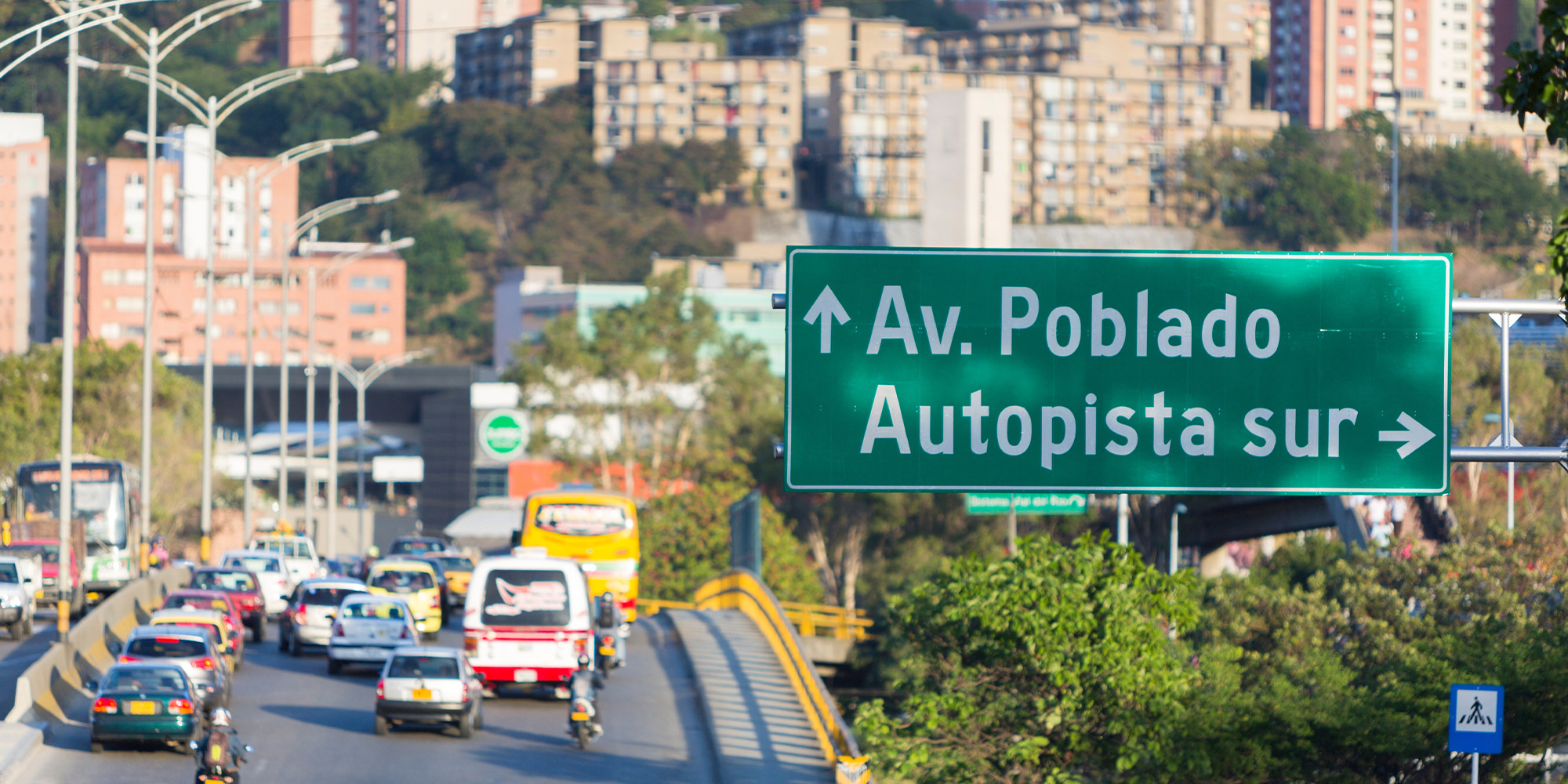Visa: The Lynchpin for Globalization

In 2015, I booked travel for Medellin. I used my Visa branded credit card to make online plane ticket, rental car, and hotel reservations.
In Colombia, my Visa debit card completed transactions by automatically converting Colombian peso price quotes into U.S. dollars and drawing those funds out of my bank account.
At one point, I saw the Visa logo posted to the window of a remote Andean villa. I then knew it was time to back up the truck and load up on shares of Visa stock.
Visa was Born Global
Visa is not a bank that takes in deposits and lends out money. Instead, Visa is a tollbooth operator that collects fees in exchange for access to its payment network. Visa itself dates back to 1958 – as a unit of Bank of America. From there, the concept quickly transformed into licensing deals and strategic alliances between numerous multi-national and regional banks.
This payment platform was “born global” alongside rapid Post War globalization. It became increasingly critical for banks, consumers, and businesses to safely communicate and process payment transactions between each other. In 1976, the various licensees, card issuers, and strategic partners all united beneath the name Visa, a universal term immediately associated with travel.
By 2006, Visa was jointly owned by more than 20,000 financial institutions. In 2008, Visa finally went public and raised $17.9 billion, in what was then the largest IPO in U.S. history.
Transnational Strategy
Visa is one of the few businesses that may successfully execute a transnational strategy of local responsiveness combined with cost leadership. Taken together, Master Card and Visa operate as a duopoly that controls more than 90% of the global payment processing market.
Massive data center infrastructure combined with numerous interlocking institutional relationships are formidable barriers of entry. Warren Buffett would identify these competitive advantages as a giant moat.
In Colombia, I noted that Visa partners with all major regional banks to issue plastic cards, operate ATMs, and process payments. In doing so, Visa can better penetrate the local market, while its logo is a welcome reassurance shield for weary travelers.
The Bottom Line
Still, Visa must seriously entertain the rapid emergence of crypto-currencies, which are now at the center of a parallel payment universe, somewhat removed from government control. Bitcoin is especially popular in developing countries, which are often times subject to inflationary risks.
Visa has already partnered up with the likes of PayPal – as means to clear even more international transactions. From here, deals with various crypto partners will be in the works, with Visa settling certain digital coin transactions backed by U.S. dollars. Visa must be pragmatic in its global approach to crypto and expand in stages due to extreme volatility and regulatory risks.
Visa, by definition, is the ultimate lynchpin for globalization.

